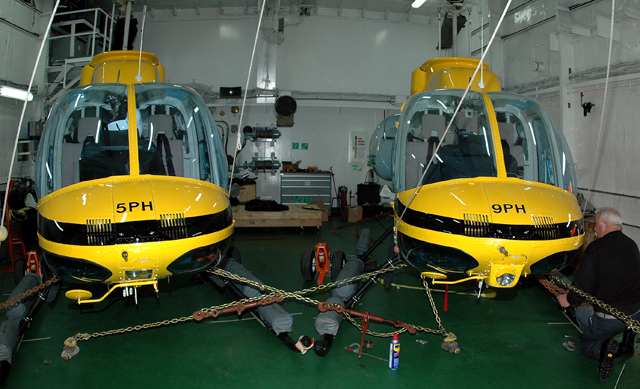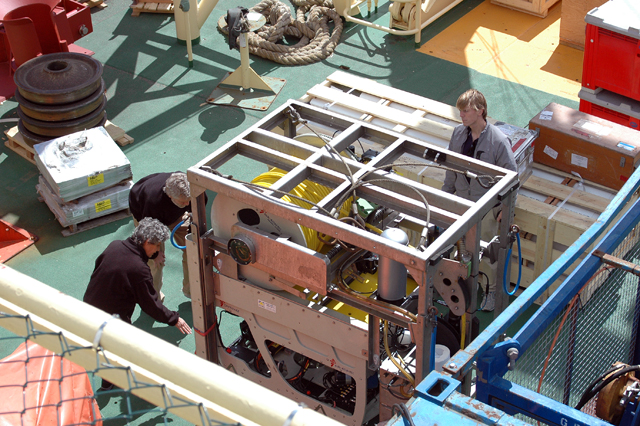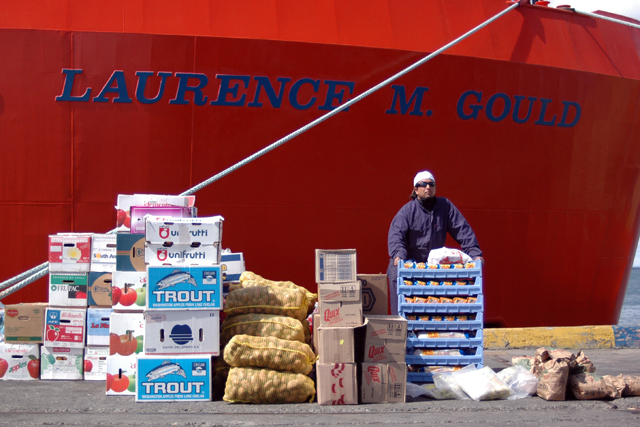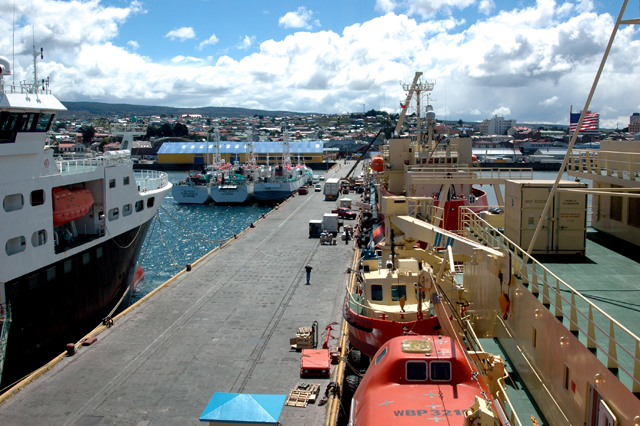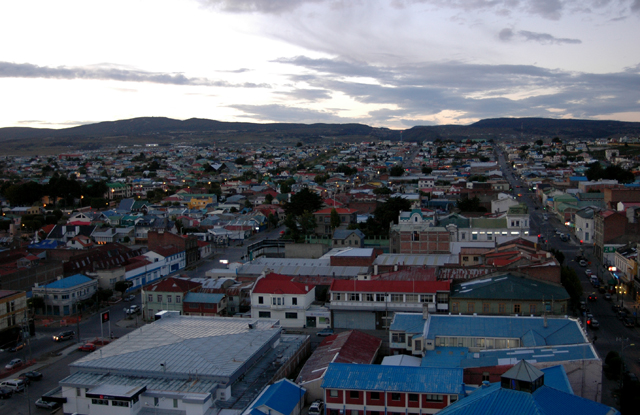Setting sailUSAP science vessels prepare to leave on major expeditionsPosted January 1, 2010
PUNTA ARENAS, CHILE — Visitors to Chile’s southernmost city are greeted by Punta Arenas’ famed blustery winds even before they reach the ground, as approaching airplanes rock back and forth like a baby’s cradle before a heavy landing on the runway. It’s summer time here in Punta Arenas, which means overcast skies and blustery winds. It’s also one of the busiest times of the year for the U.S. Antarctic Program’s Both the RVIB Nathaniel B. Palmer and ARSV Laurence M. Gould The ship is preparing for its 18th cruise in support of the Palmer Long Term Ecological Research The Palmer will be on the other side of the continent for a two-month cruise to explore the remains of the Larsen B Ice Shelf and the ecosystem that was uncovered when the ice shelf collapsed in 2002. The project is called the LARsen Ice Shelf System, Antarctica. The vessel will be at maximum capacity with 70 scientists, crew and support personnel. The deck is crowded with boxes of science cargo, including a remotely operated vehicle — a robot outfitted with various instruments to explore the cold, polar ocean — which its Belgian operators are now assembling and preparing near the stern. Nearby, personnel secure two bee-colored helicopters squeezed into a hangar. This will be the first time in more than 10 years — and only the second time in the ship’s history — since scientists have used helicopters off the Palmer. The last time was during 1996-98 for the Antarctic Environment and Southern Ocean Process Study (AESOPS), part of a larger effort to measure global ocean processes.
For LARISSA, the helicopters will fly scientists to sites on the ice shelf to install specially designed instruments to monitor the environment. They will also transport geologists to the peninsula for collecting rocks to help date the retreat of ice in the region. Built in the early 1990s, the Bell helicopters look shiny new in their yellow and black paint, with thick chains and rope securing every conceivable point. One has been recently furbished, a three-month job that stripped the rotary aircraft to the bare bones, according to Randy Perrodin, a line mechanic with PHI, Inc. PHI personnel disassembled and shipped both helicopters from the United States in early October to ensure they would be in Punta Arenas before the Palmer sails on Jan. 2. “We didn’t want to take any chances,” Perrodin said. The NSF and the scientists have invested much time and money into the LARISSA program, an International Polar Year (IPY) Capt. Joe Borkowski, a bear of a Louisianan, said the Palmer has sailed in support of projects of similar magnitude over the years. He should know: Borkowski has been with the Palmer since it launched in 1992. “It’s going to be a good one,” he said of the upcoming voyage. But first, both ships must cross the Drake Passage, an infamously rough stretch of sea between the tips of South America and the Antarctic Peninsula. At last report, on Dec. 29, the Drake was roaring and thrashing with 60-foot seas. Rather makes the plane ride into Punta Arenas sound like child’s play. |



For USAP Participants |
For The Public |
For Researchers and EducatorsContact UsU.S. National Science FoundationOffice of Polar Programs Geosciences Directorate 2415 Eisenhower Avenue, Suite W7100 Alexandria, VA 22314 Sign up for the NSF Office of Polar Programs newsletter and events. Feedback Form |

